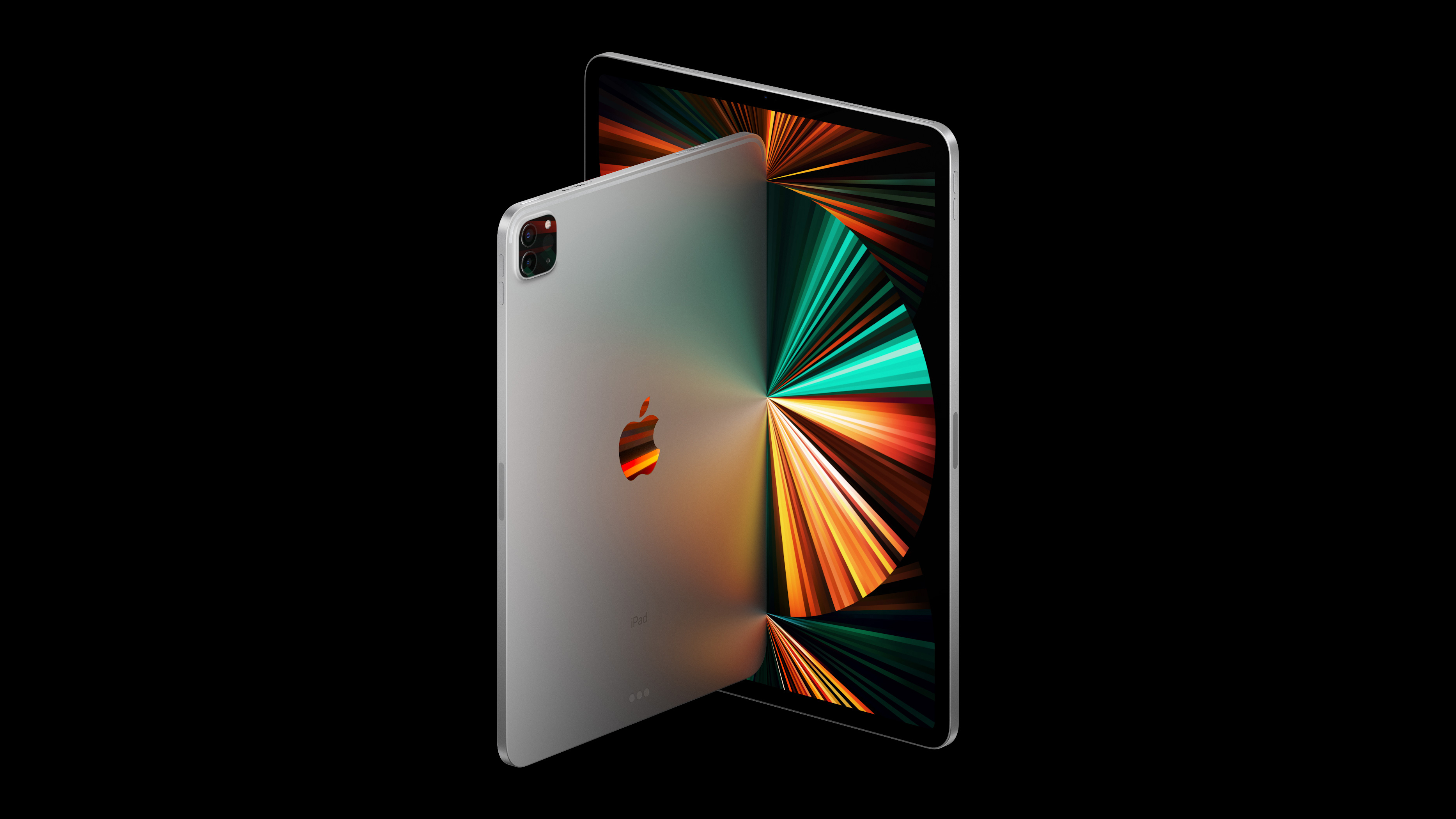

There have been reports for a while now that Apple is working on plans to add OLED screens to its iPad models, and originally it was said that they might appear in 2022. Now a new report from The Elec (via OLED-info.com) says that Apple and Samsung Display have cancelled the screen development they were working on for it, meaning that 2023 or 2024 are the earliest dates we're likely to see an iPad with an OLED screen.
Why is Apple taking its sweet time to bring OLED to the iPad when Samsung has been packing it into tablets for years? It seems to be to do with longevity and brightness.
Apparently, Apple is asking for the panels to be made with double-stacked layers of pixels, which should provide higher brightness levels, but at the same time massively extends the lifetime of the screen, and can reduce the likelihood of image burn-in, which still plagues OLED screens on phones.
Burn-in is when static images that often appear on your phone become visible in a ghostly form even when someone else is on-screen. On a phone, it's often icons from the Lock screen or the symbols in the bar at the top, since they appear very commonly, and don't change much.
However, people upgrade their phones fairly regularly – especially hardcore users who are mostly likely to suffer from burn-in – so you don't have to live with burn-in for too long, commonly (if you ever notice it at all). And it's the same for the longevity of the screen – OLED panels reach the end of their life much quicker than LCD, but still long after most phones will have headed to the great recycling plant in the sky.
But iPads aren't replaced quickly in the same. People keep them for years and years, more like laptops. So the screen needs to last for years and years, and needs to not suffer from significant burn in during that time.
So apparently Apple is looking for OLED screens that will handle all of this better – and, if it's looking for extra brightness at the same time, it's presumably also planning to deliver premium image quality that may well include the same awesome HDR brightness that you get in the iPhone 12 and iPhone 13.
Get all the latest news, reviews, deals and buying guides on gorgeous tech, home and active products from the T3 experts
The report says that Apple and Samsung Display (which makes most phone OLED screens on the market) couldn't make these plans work – possibly due to production problems, or possibly due to them not being profitable enough for Samsung Display to bother with. Or both.
The report notes that LG Display (the other huge player in OLED, and the only manufacturer of the panels in OLED TVs) has been making the kind of stacked display that Apple wants, but can't do it in high enough quantities for Apple's needs.
So the fabled OLED iPad remains in limbo. Of course, the new mini-LED panel in the iPad Pro 12.9-inch (2021) has already spoiled us for image quality, so perhaps we'll see that trickle down to the iPad Air instead.

Matt is T3's former AV and Smart Home Editor (UK), master of all things audiovisual, overseeing our TV, speakers and headphones coverage. He also covered smart home products and large appliances, as well as our toys and games articles. He's can explain both what Dolby Vision IQ is and why the Lego you're building doesn't fit together the way the instructions say, so is truly invaluable. Matt has worked for tech publications for over 10 years, in print and online, including running T3's print magazine and launching its most recent redesign. He's also contributed to a huge number of tech and gaming titles over the years. Say hello if you see him roaming the halls at CES, IFA or Toy Fair. Matt now works for our sister title TechRadar.